In her fifth studio album, Annie Lennox of Aberdeen, Scotland, United Kingdom set her musical gaze on the Christmas season with the holiday album 2010 album A Christmas Cornucopia. Set to music genres including holiday, pop/rock, carols, Christmas and holidays, musicians assisting Lennox on the presentation of this album included Dave Robbins, Mark Stevens, Mike Stevens, Barry Van Zyl and the African Children’s Choir.

Angels from the Realms of Glory opens A Christmas Cornucopia as a carol reminiscent of many worship services I’ve attended over the years. Upliftingly presented with backing orchestration and chorus, the music for the song was published as written by hymnwriter and poet James Montgomery of Scotland in 1816.

God Rest Ye Merry Gentlemen follows the album opener with tidings of comfort and joy upon the birth of the historical Jesus. The charm for me is the focus on the singing featuring Lennox throughout, the subtle vocal accompaniment for the first stanza, and the orchestration through the full performance. The accentuating drums add a full-bodied beauty for me that combines with subtlety for what I take as flute through the last quarter of the song, ending as flute in isolation.
See Amid the Winter’s Snow manifests more beautiful orchestration as led by Dave Robbins throughout this album. First published in 1858 for English hymn writer Edward Caswall, English organist and composer John Goss composed a hymn for the original piece in 1871. The presentations then and now express joy in the birth of Jesus Christ at the commemoration of his original arrival.
Il est né le divin Enfant is French for He is born, the divine Child. Lennox sings the French Christmas carol in the original language in narrating the story of the 4,000 year wait for the humble birth of Jesus in a manger.

The First Noel as a piece of music is “a traditional English carol most likely from the 16th or 17th century, but possibly dating from as early as the 13th century”, as quoted here. The chorus vocals in a brief dreamy spell between verses at a pair of points elevates the piano and strings that accompany the Annie Lennox singing for this song. The trumpeting of the joyous event of Jesus‘ birth to close the song presented an unexpectedly uplifting conclusion to this piece.
Lullay Lullay (The Coventry Carol) draws from the Gospel according to Matthew to tell of the Slaughter of the Innocents in Bethlehem as ordered by Herod. The song results in a lullaby that mothers would have sung, and Lennox did sing, to their children as a means of comfort.
The Holly and the Ivy is a traditional folk Christmas carol of British origin. The song harkens back to the association between Christmas and holly, which has origins in the Middle Ages (or Medieval times). The cadence performs a bit quicker than my senses and heart wanted to experience this song.

Written as a poem by Christina Rossetti, In the Bleak Midwinter is frequently performed as a Christmas carol as done by Annie Lennox on A Christmas Cornucopia. The song postulates a series of cJoseph (Earthly Father of Jesus Christ)omparisons of religious importance foe how Jesus came to exist, the prophesied two comings of Jesus, Jesus‘ birth and surroundings, and the affection types offered Jesus by angels and Mary, his birth mother.
As Joseph was a Walking (The Cherry Tree Carol) surprised me as both a Christmas carol and a children’s ballad. The lyrical version presented by Lennox includes an angel previewing the birth of Jesus for Joseph, Jesus‘ father on Earth.
O Little Town of Bethlehem plays to different music than I’ve heard it presented previously. The song is presented solemnly and traditionally with an almost understated piano accompaniment. The chorus that joins Lennox at periodic points makes for a beautiful rendition of this song.
Silent Night with lyrics by Joseph Mohr and composition by Franz Xaver Gruber presents the second to last song on A Christmas Cornucopia. Presented with a traditional piano approach that grows to include a children’s choir and strings, the musical arrangement does as much for the song as does the Annie Lennox singing.

Universal Child is the original Annie Lennox composition on A Christmas Cornucopia. As quoted here, the song is an advocacy for all kids to experience “Safety, security, access to medical care, to love, protection, education, a future, a decent place to live – a child must have all these things.”
Matt – Wednesday, December 13, 2023






















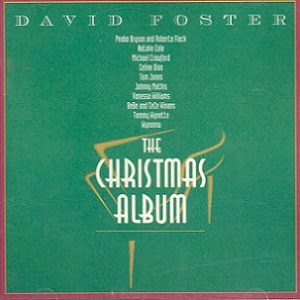
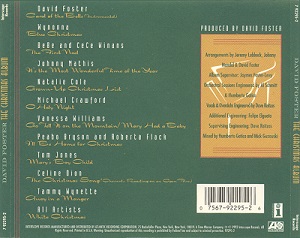
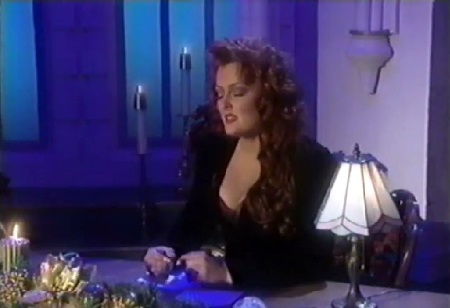
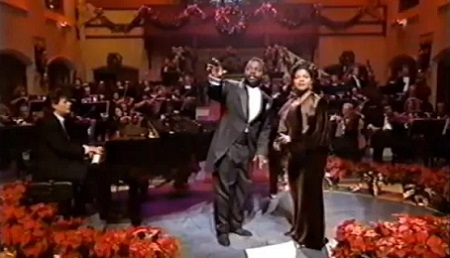
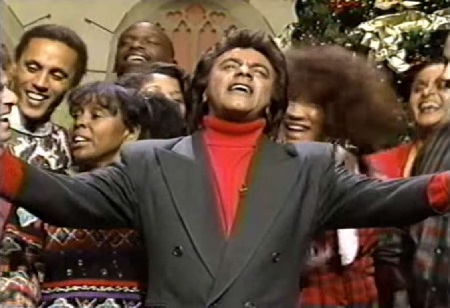
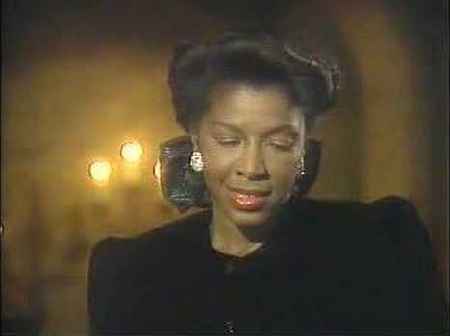
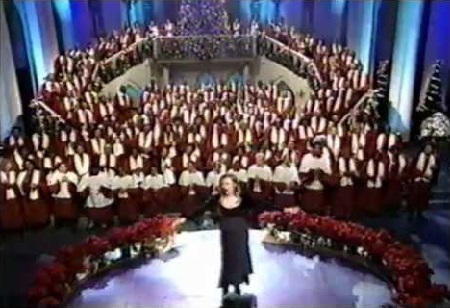
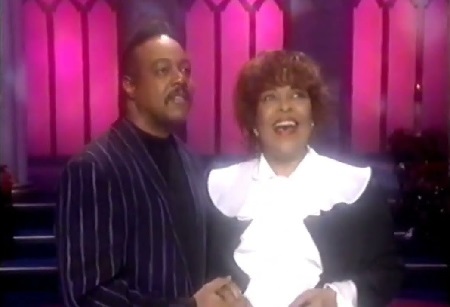
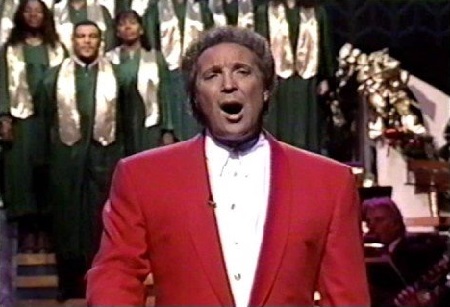
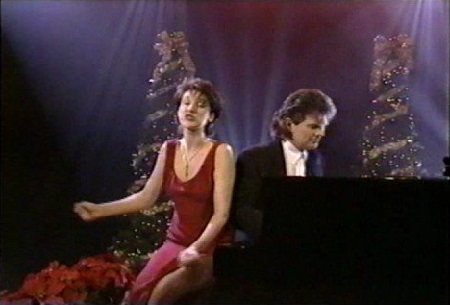






















 (Album cover for When My Heart Finds Christmas by Harry Connick Jr.).
(Album cover for When My Heart Finds Christmas by Harry Connick Jr.). (Vocalist and piano player Harry Connick Jr., left, with bassist
(Vocalist and piano player Harry Connick Jr., left, with bassist  (From Left, alto saxophonist
(From Left, alto saxophonist  (Guitarist
(Guitarist  (Tenor saxophonist
(Tenor saxophonist